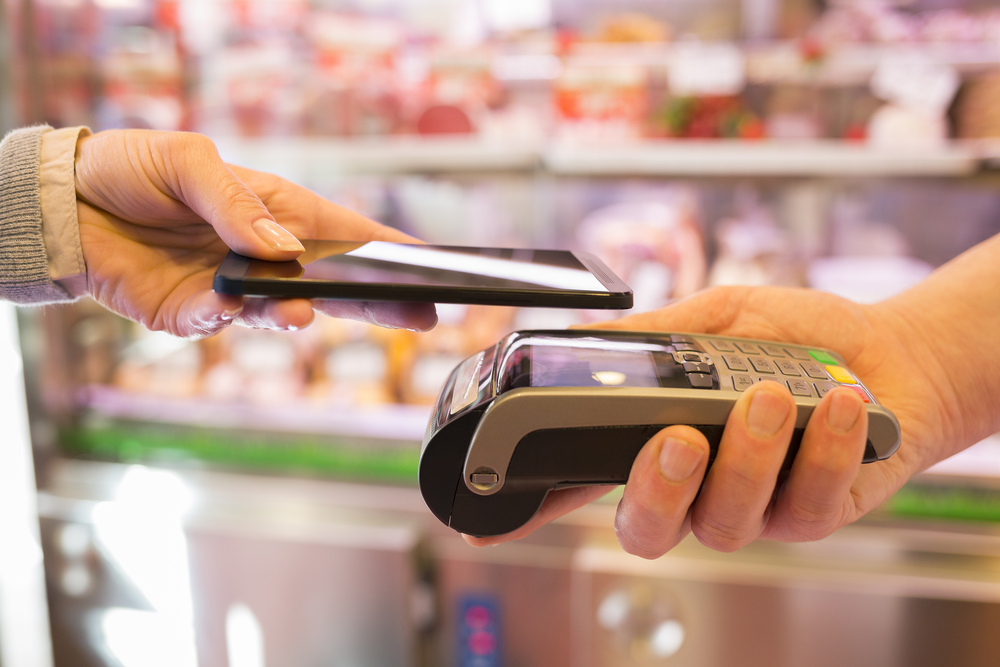In a bid to position itself to gain market share for its services, Google has reinvented its mobile payments solutions. The release of Google Wallet four years ago, whilst similar, struggled to attract widespread adoption as a mobile payments system.
Crucially, Android Pay differentiates itself from the Wallet in that it is an open platform that can be used to power third-party payment or loyalty-card apps created by banks or retailers. Many believe that this factor may allow Android Pay to do what Google Wallet couldn’t and create more of an impact in the mobile-payments world.
Android Pay follows the release of a similar service on Samsung, Samsung Pay, showcasing the intensifying competition for mobile payments.
>See also: Are social recognition tools secure enough for mobile payments?
As it stands, the mobile payments market is becoming increasingly complex. Mobile network operators (MNOs), innovative start-ups and tech giants with little heritage in traditional card payments have all swooped in to jostle with the traditional card schemes, payment service providers and processors.
Huge fragmentation in the market means that consumers are faced with a wide range of user interfaces and, more importantly, security requirements. The lack of a universal security model may go some way to explaining why mobile payments have yet to reach the true ‘tipping point’ with consumers.
The prominence and sensitivity of security in discussions around mobile payment technology is easily explained by its direct link to consumer trust. Establishing, and keeping, trust is important for any consumer-facing business, though particularly crucial in the payments arena.
Consumers are hungry for innovation that equals convenience, but will not embrace technology if they doubt the security of their sensitive personal and financial data. In fact, a recent study by YouGov revealed consumers are reluctant to use their smartphones to pay for things, with 81% citing security as their main concern.
However, nearly half said they would be willing to try it out. Evidently, only when consumers are offered a trusted and universal solution to securing their data will the tipping point for mass-adoption in the mobile payments arena be reached.
You just have to look at the top data breaches of 2014 to see the massive number of people affected by attacks on well-known companies. A data breach or loss of customer information in the mobile payments space could have a significant impact on consumer trust and willingness to accept and use these systems.
After a string of high-profile payment data breaches at point of sale, and recent news of the NitlovePOS malware as the latest malicious software used to target the retail market, this trust is already on thin ice. It is therefore of utmost importance that strong security for mobile payment systems is protected and nurtured.
The launch of Zapp and Weve’s partnership with MasterCard are clear indications of the industry’s recognition that widespread universal mobile payments adoption will depend on consumers being presented with a universal, and by implication trusted, solution.
>See also: The five contenders kicking off the mobile payment revolution in Europe
Although it’s not yet clear which model will prevail from a security perspective, one thing’s for sure: high assurance data protection has to be at the top of the agenda.
As the mobile payments market continues to grow, and more and more options become available, providers such as Google and Apple will find themselves in a constant challenge to balance the convenience for consumers with ensuring the data and the services are secure. It will be interesting to see how Android Pay and its rivals fare when it arrives later this year.
Sourced from Thales e-Security










